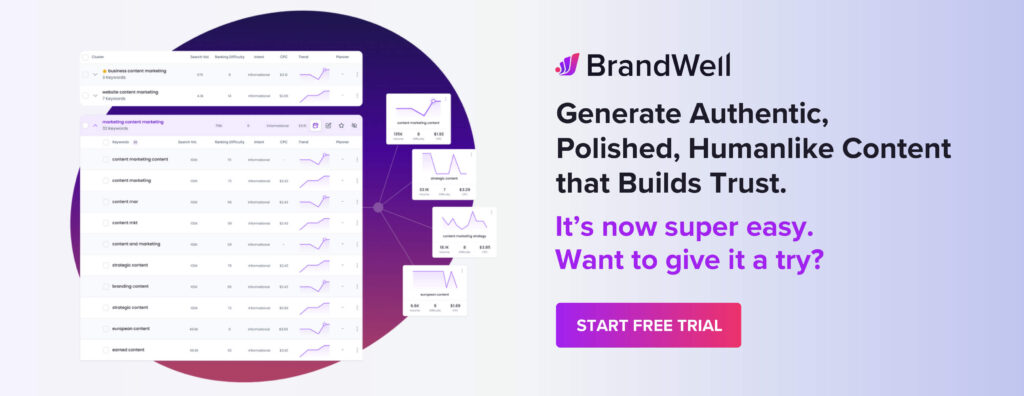Discover top guides, trends, tips and expertise from AIO Writers
How to Find and Remove Bad Backlinks Before They Harm Your Site
Farnaz Kia
Friday, 26th Apr 2024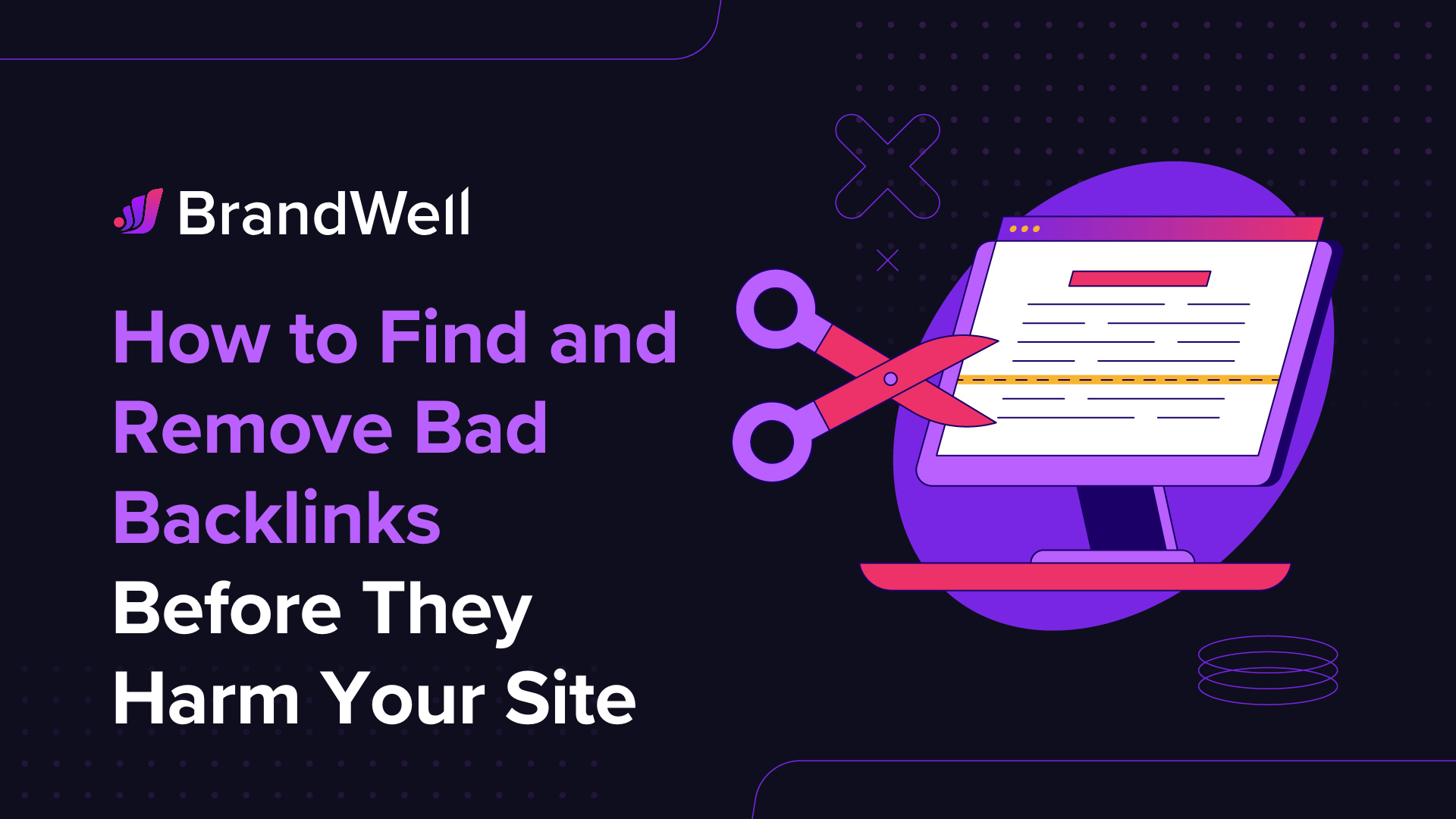
We all want our websites to rank high on Google. A big part of that is getting other websites to link back to us. This is called “link building”.
But, what if some of those backlinks are hurting us instead of helping? That’s where we learn to remove bad backlinks.
This is a common problem that many website owners and marketers face. It’s a headache, but it’s vital for your site’s well-being.
In today’s post, we’ll learn how to find and remove bad backlinks to keep your website’s health in check.
The Impact of Bad Backlinks
In a perfect world, every backlink to your site would be from a high-authority, reputable website. These backlinks would signal to search engines, “Hey, this site is valuable. Look at all these credible sources recommending it.”
However, reality often differs from our ideals. Just like a bad apple can spoil the bunch, toxic backlinks can drag down your website’s reputation with search engines.
Why Bad Backlinks Hurt
Think about how we judge credibility in real life. If a well-respected scientist recommends a book, we take it seriously. However, if that same book is being promoted by a known liar, our perception changes.
Search engines like Google see things similarly. Google uses backlinks as a primary way to determine a website’s authority and trustworthiness. If Google sees links from questionable or irrelevant sources, it hurts how they view your site’s quality and relevance.
How Backlinks Go Bad
Sometimes, you might inherit bad backlinks from a previous website owner, especially if the site has changed hands.
You might also attract spammy links without realizing it. Some websites engage in black-hat SEO practices which involve unethical techniques to manipulate search engine rankings.
These practices often result in low-quality backlinks that can harm your site.
How to Identify Bad Backlinks
Now that we understand why these links are bad news, it’s time to learn how to remove bad backlinks from your site.
It all begins with a backlink audit, which is like spring cleaning for your website. The good news is that you can use tools to help.
Several SEO tools can make backlink audits easier than doing them manually. Ahrefs, Semrush, and Moz are great places to start.
These tools offer helpful features such as:
- Comprehensive backlink profiles
- Spam score analysis
- Domain authority ratings
- Link disavow tools
When looking at your backlink profile, keep an eye out for red flags:
- Links from penalized domains: If a site’s been penalized by Google, any links coming from it carry a stigma.
- Link farms: Imagine a website with the sole purpose of linking to other websites. This screams unnatural and is frowned upon by Google.
- Irrelevant or spammy content: If your link is embedded in low-quality or irrelevant content, it reflects poorly on you, even if the website itself isn’t spam.
- Low-quality directories: While directory links can be valuable, submitting your site to low-quality directories can negatively impact your backlink profile.
- Excessive sitewide links: Having a large number of links from the same website, especially if they appear on every page, can raise red flags.
- Suspicious anchor text: If the anchor text used to link to your site is overly optimized or irrelevant, it could be a sign of spammy link building.
Let me explain each one of these indicators in detail.
Spammy or Low-Quality Websites
Backlinks from sites associated with spam, link farms, or poor-quality content are regarded as harmful backlinks. This also applies to any links originating from websites created solely for link-building, such as private blog networks (PBNs).

Irrelevant or Unrelated Sources
Backlinks from websites or pages that are not connected to your industry, niche, or content can be viewed as poor-quality backlinks. Search engines prioritize backlinks from relevant sources that offer useful information to users.
For this reason, links from websites within your niche or industry are considered high-quality and more valuable.
Paid or Unnatural Links
Backlinks acquired through paid link schemes, link swaps, or other manipulative tactics go against search engine guidelines. These unnatural links are deemed low-quality and can result in penalties or a decline in search engine trust.
Over-Optimized Anchor Texts
Backlinks with overly optimized anchor text, such as exact-match keywords crammed into the anchor text, can trigger warnings for search engines. A natural backlink profile includes a variety of anchor text types, incorporating branded and generic terms as well as different variations.
Negative SEO Attacks
Competitors or malicious actors may deliberately build or acquire harmful backlinks to your website as part of a negative SEO campaign. These backlinks are typically low-quality and aimed at damaging your search rankings, reputation, and overall business growth.
Link Networks or Link Exchanges
Backlinks from link networks or link exchange schemes, where websites mutually exchange links solely to improve rankings, are classified as bad backlinks. Search engines can detect these artificial link-building practices and penalize the sites involved.
With today’s advanced algorithms, search engines can easily analyze the quality of backlinks pointing to your site. This allows them to identify websites attempting to manipulate rankings through link building.
As a website owner or manager, it’s essential to identify and remove harmful backlinks that are damaging your site’s SEO. Since search engines don’t trust these sites, backlinks from them will negatively affect your SEO performance. 📉
And as you know, lower rankings lead to reduced traffic and decreased sales.
5 Reasons Why Bad Backlinks Can Harm Your Website
If backlinks are good for SEO, why are toxic backlinks harmful to your site?
1. Risk of Google Penalties
A large number of low-quality backlinks can trigger penalties from search engines like Google. This can result in a significant drop in rankings or even complete removal from search results.
Learning how to disavow bad backlinks is key to minimizing this risk.
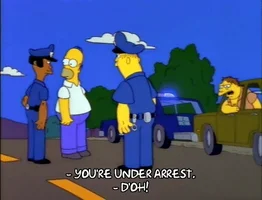
2. Vulnerability to Negative SEO
Competitors or bad actors may intentionally build harmful backlinks to your site in an attempt to lower your rankings — a practice known as negative SEO.
Disavowing these toxic links tells search engines that you don’t endorse or associate with them, helping protect your site from such attacks.
3. Low-Quality Links Hurt Authority
Spammy or irrelevant backlinks can weaken your website’s authority and harm its performance. Removing these harmful links ensures that your backlink profile is filled with high-quality, relevant connections that boost your SEO efforts.
4. Damage to Brand Reputation
When your website is linked to by spammy or questionable sites, it can tarnish your brand’s reputation. Disavowing bad backlinks helps maintain a reputable and trustworthy online presence.
5. Poor SEO Performance
Toxic backlinks can drag down your overall SEO performance. Identifying and eliminating these bad links will strengthen your backlink profile, leading to higher rankings, better organic traffic, and improved SEO results.
A clean and strong backlink profile is essential for long-term SEO success.
Now that you understand the difference between good and bad backlinks, let’s explore how you can identify and remove harmful links from your site.
How to Find and Remove Bad Backlinks
The first step in dealing with bad backlinks is finding them. To spot these problematic links quickly and efficiently, consider using one of the following SEO tools 🧰:
Ahrefs
Ahrefs helps you analyze your backlink profile by sorting links based on Domain Rating (DR) and identifying low-quality or irrelevant backlinks. It also highlights spammy anchor text and has a Toxic Score feature to flag harmful links automatically.
To find bad backlinks using Ahrefs:
- Log in to Ahrefs and navigate to Site Explorer.
- Enter your website’s URL in the search bar and hit Search.
- Click on Backlinks under the Inbound Links section.
- Sort and filter backlinks by DR (Domain Rating) or URL Rating to spot low-quality backlinks.
- Look for backlinks from sites with low DR, irrelevant content, or spammy anchor text.
- To further narrow it down, use the Anchors tab to identify backlinks with over-optimized or spammy anchor text.
- Analyze the backlink profile and create a list of links that appear spammy, irrelevant, or low-authority.
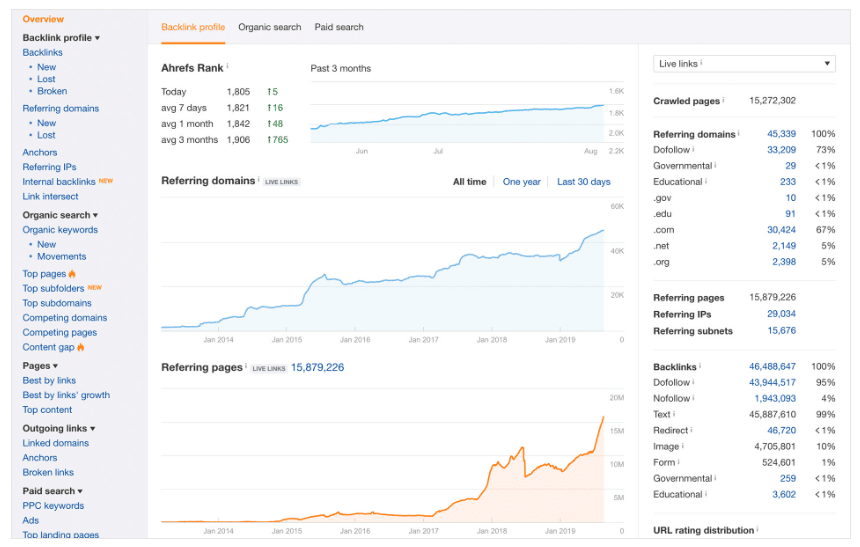
Source: Ahrefs Site Explorer
Ahrefs not only provides an extensive amount of backlink data, but it also allows you to disavow harmful links directly from within the platform.
You can manually review each link during your audit to ensure you’re targeting only genuinely toxic backlinks. Once you’ve identified the bad links, you can download a list in a format ready for upload to Google Search Console (GSC), if needed.
Moz Link Explorer
Moz Link Explorer evaluates backlinks by providing a Spam Score for each domain, making it easy to spot risky links. It also lets you check for unnatural anchor text and identify low-authority or irrelevant backlinks.
To find bad backlinks using Moz:
- Go to Moz Link Explorer and enter your site’s URL.
- Select Inbound Links from the menu to view your backlinks.
- Review the Spam Score for each linking domain. A higher spam score indicates a potentially harmful backlink.
- Analyze links with a high spam score, irrelevant content, or poor site quality.
- Use the Anchor Text tab to check for unnatural or keyword-stuffed anchor text, which can signal manipulative backlinks.
- Export the data and flag the bad backlinks for removal or disavowal.
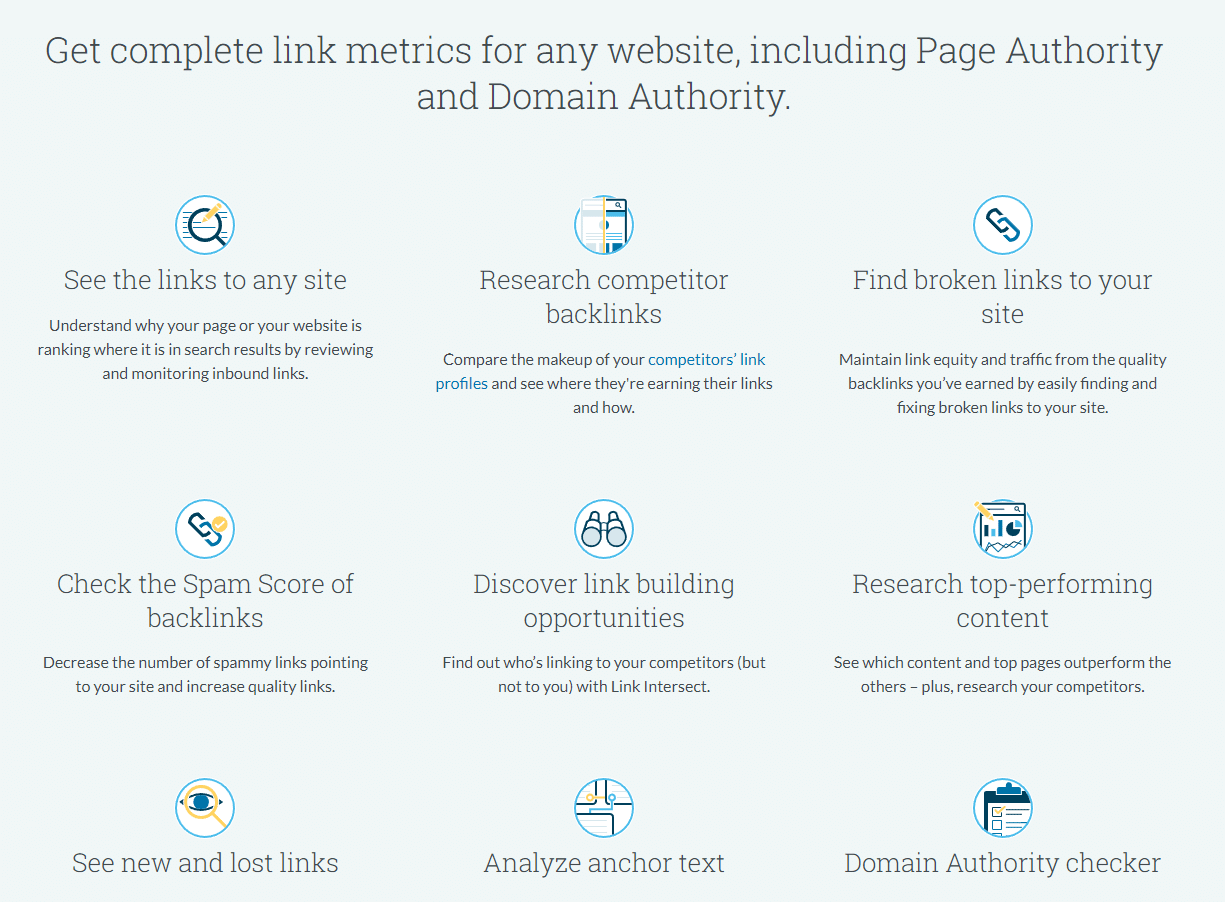
Google Search Console
Google Search Console provides a direct look at your backlink profile from Google’s perspective. It shows which domains and anchor texts are linking to your site, allowing you to spot low-quality or over-optimized links.
To find bad backlinks using GSC:
- Sign in to Google Search Console and select your website.
- In the left-hand menu, click on Links under the Experience section.
- Under Top Linking Sites, click More to see all domains linking to your site.
- Review the Top Linking Text section for over-optimized or irrelevant anchor text, which can indicate toxic links.
- Export your backlinks report and look for low-quality or irrelevant sites linking to you.
- Visit questionable websites manually to determine if they are spammy, irrelevant, or part of a link scheme.
These three tools eliminate the tedious task of manually reviewing all the links on your site to identify harmful ones. They allow you to quickly locate incoming links that search engine crawlers might classify as spammy.
Once you’ve identified harmful links pointing to your site, follow these steps to remove them.
Contact the Webmaster
You should contact the webmasters of the sites hosting the bad backlinks. Reach out politely and request the removal of the link to your site, providing specific details such as the URL and its location on their site.
Keeping a record of the websites you’ve contacted, along with the dates and any responses you receive, can be beneficial if you later need to use the disavow tool.
Use Google’s Disavow Tool
If you’re unable to get certain links removed, you can use Google’s Disavow Tool.
- Create a text file listing the URLs or domains you want to disavow, formatted correctly (e.g., one URL per line, starting with “http”).
- Go to Google Search Console, navigate to the Disavow Links tool, and upload your text file.
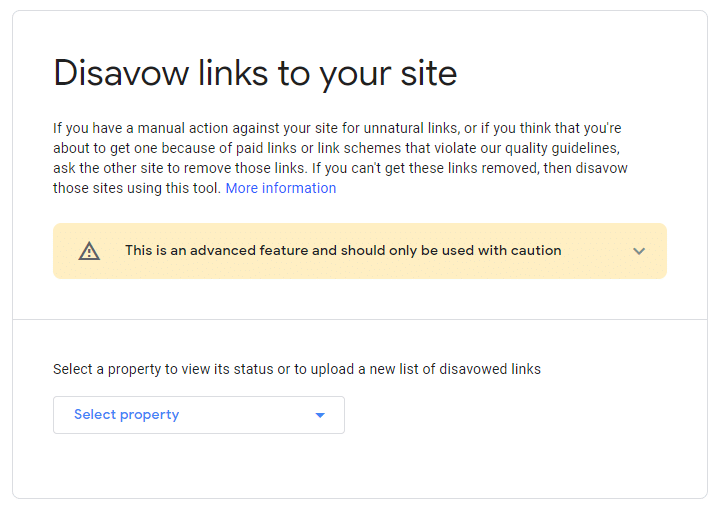
Note that disavowing links doesn’t remove them from the web; it tells Google to ignore them when assessing your site.
Here’s an insider tip on uploading URLs to disavow in Google Search Console:
Step 1: Log in to your Gmail that you used to verify your domain with Google Search Console.
Step 2: After logging in, go to this link: “https://www.google.com/webmaster/tools/disavow-links-=ain”
Step 3: Select your domain property (http/https version)
Step 4: Click on replace and upload your disavow file (from Ahrefs or your other SEO tool of choice)
It’s important to use this tool with caution and consider it a last resort, as improper use can adversely affect your rankings.
Monitor Your Backlink Profile
After removing or disavowing bad backlinks, continue to monitor your backlink profile regularly. This will help you catch any new harmful links before they can negatively impact your SEO.
Improve Your Overall Backlink Profile
Focus on acquiring high-quality backlinks from reputable sources in your niche to offset the impact of any bad links.
Engage in legitimate link-building strategies, such as guest posting, partnerships, and creating valuable content that naturally attracts links.
By following these steps, you can effectively remove bad backlinks and strengthen your website’s overall SEO health.
Conclusion
Identifying and removing bad backlinks from a client’s website is crucial for maintaining and enhancing their SEO performance. For agencies, this process not only protects client rankings but also preserves their online reputation and credibility.
By proactively managing backlinks, you can help your clients avoid potential penalties from search engines and ensure that their backlink profiles consist of high-quality, relevant links.
This commitment to a healthy backlink strategy not only drives better results but also strengthens client relationships through improved transparency and accountability in SEO efforts.

UNLOCK YOUR POTENTIAL
Long Headline that highlights Value Proposition of Lead Magnet
Grab a front row seat to our video masterclasses, interviews, case studies, tutorials, and guides.

